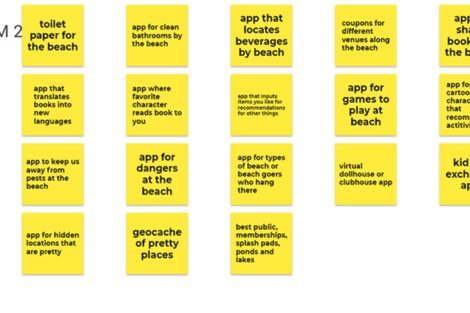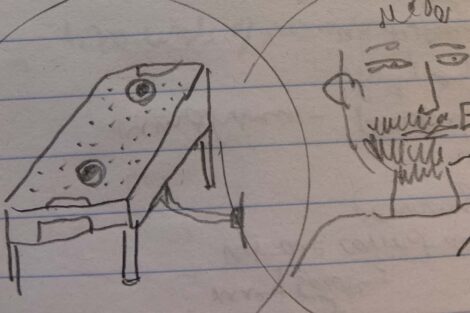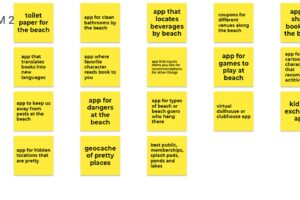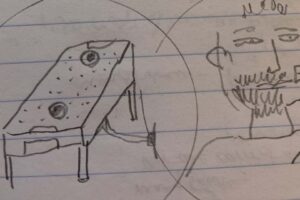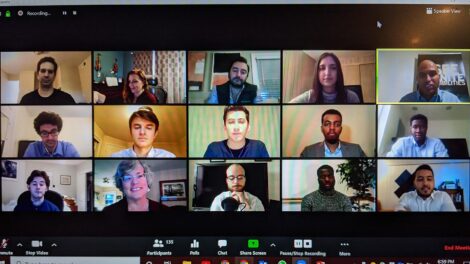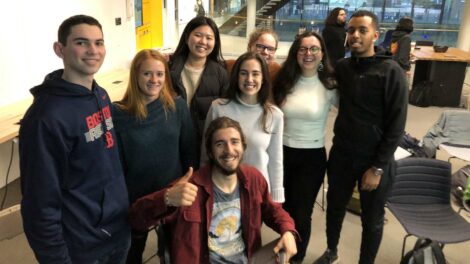By Stephen Wilson
What happens when you change the color of a thing?
Or the materials it is made from?
What if you replaced a part? Or removed a part altogether?
Such thinking is creative in nature and the kind of thinking needed to improve a product or service or come up with new ideas.
While some folks may seem “naturally” creative, that doesn’t mean that others can’t learn to wield creative tools.
The Dyer Center for Innovation and Entrepreneurship offered a series of creativity workshops that attracted current students, prospective students, faculty, and staff who were eager to develop and advance their creative toolkit.
Leading it all was guest facilitator Shannon Varcoe, ZYX Sticks inventor, program manager at Women in Toys, and, ugh, Lehigh graduate.
Sessions focused on brainstorming, collaboration, mindfulness, and drawing.
Exercises included teams working to generate new apps based on combinations of constraints, including favorite toy, Halloween costume, cartoon animal, and best day off.
Think it’s impossible? Well, how about a toy-trading app when at the beach all day, and the kids are sick of what you brought. Or an app where a favorite character reads you stories.
Other exercises included breathing in the present moment, working to open our minds to that inner pool of endless resources.
And some drawing basics to illustrate how you arch the eyebrows can radically alter the meaning of a picture.
“I found the workshops I attended to be interesting and helpful,” says Mary Roth ’83, the Simon Cameron Long Professor of Civil and Environmental Engineering. “One of my former FYS students was at the drawing workshop—she and I were in touch afterward and agreed that adding some of the elements from the workshop to one of the projects in the course would be a great idea.”
No matter which creative tools resonated, the bigger picture was clear: Working together yields more ideas. Divergent thinking happens when we are willing to see beyond what’s in front of us. Visual thinking can create clarity and common understanding faster than language.
